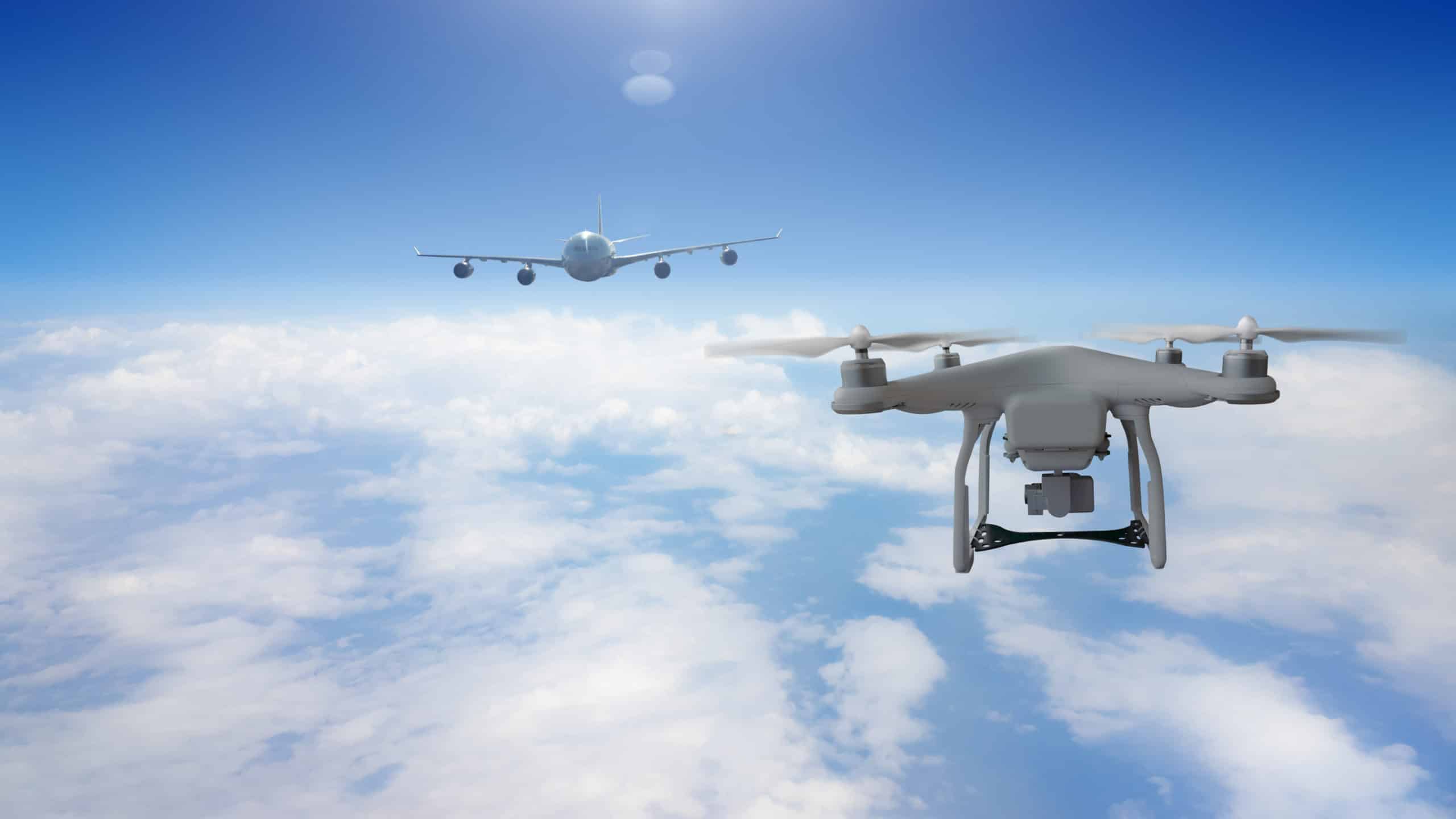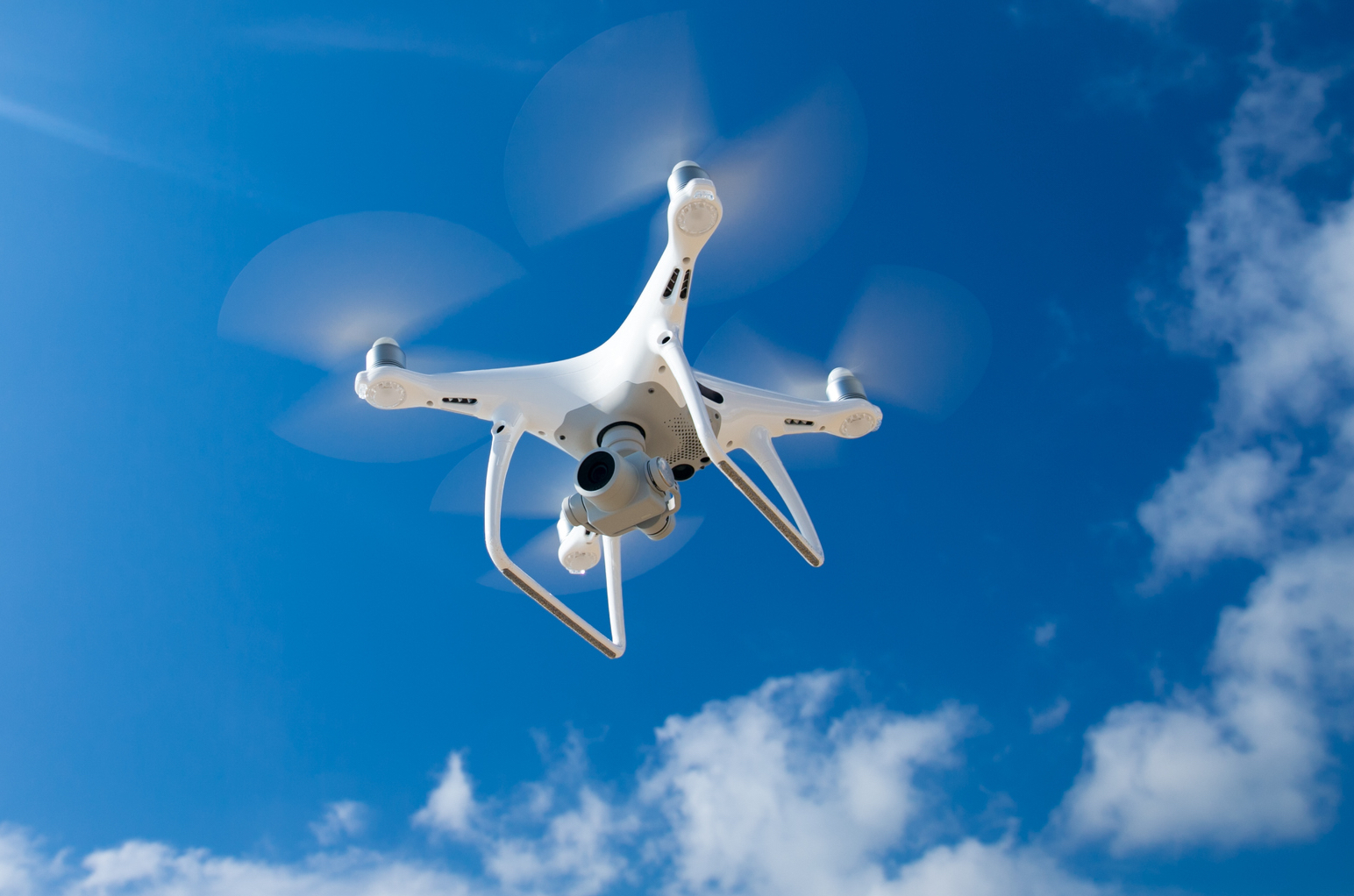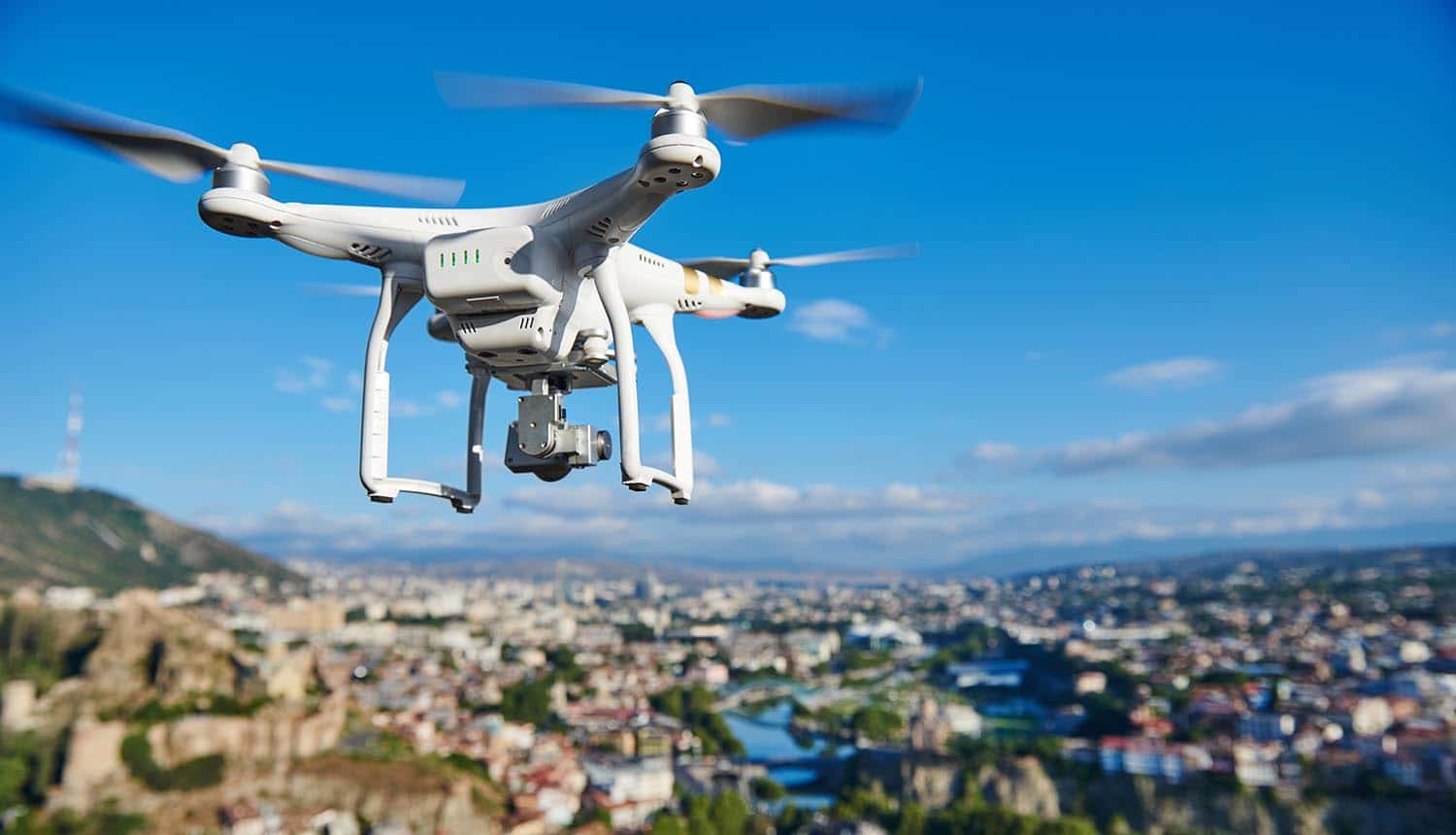Sky elements drones represent a fascinating convergence of technology and atmospheric science. These unmanned aerial vehicles (UAVs) are equipped with an array of sophisticated sensors capable of collecting comprehensive data on various atmospheric parameters, including temperature, humidity, wind speed, pressure, and even the composition of aerosols. This data, previously difficult and expensive to acquire, is now readily accessible, providing unprecedented insights into weather patterns, air quality, and other crucial environmental factors.
The implications for diverse sectors, from agriculture and construction to disaster relief and environmental monitoring, are profound.
This exploration delves into the multifaceted world of sky elements drones, examining their technological underpinnings, operational considerations, and the transformative potential they hold for various industries. We will analyze current applications, future innovations, and the regulatory frameworks governing their deployment. The ultimate goal is to present a comprehensive overview of this rapidly evolving field, highlighting both the opportunities and challenges inherent in utilizing these advanced technologies.
Sky Element Drone Applications
The integration of atmospheric and celestial data into drone technology opens up a vast array of applications across diverse sectors. These “sky element drones” offer unprecedented capabilities for data acquisition and analysis, leading to significant advancements in various fields.
Current and Potential Applications of Sky Element Drones
The following table Artikels current and potential applications, highlighting their benefits and challenges.
The increasing sophistication of sky elements drones is evident in their diverse applications, from aerial photography to precision agriculture. Recent events, such as the ukraine drone attack on russia , highlight their potential in military contexts. This raises important questions about the ethical and strategic implications of advanced drone technology in the future development of sky elements drones.
| Application | Description | Benefits | Challenges |
|---|---|---|---|
| Precision Agriculture | Monitoring crop health, soil moisture, and irrigation needs using multispectral and hyperspectral sensors, coupled with weather data for optimized spraying and harvesting. | Increased crop yields, reduced resource consumption, improved farm efficiency. | High initial investment, data processing complexity, dependence on weather conditions. |
| Construction and Infrastructure Monitoring | Assessing structural integrity of bridges, buildings, and other infrastructure using thermal and visual imagery, alongside wind speed and direction data for safe operation. | Early detection of structural damage, improved safety protocols, reduced maintenance costs. | Regulatory hurdles, need for robust drone platforms capable of withstanding harsh weather, data integration challenges. |
| Environmental Monitoring | Monitoring air quality, water pollution levels, and deforestation using various sensors, combined with meteorological data for accurate assessment. | Improved environmental management, early warning systems for pollution events, better understanding of ecosystem dynamics. | Data security and privacy concerns, need for long-endurance drones, challenges in accessing remote areas. |
| Disaster Relief | Rapid assessment of damage, search and rescue operations, and delivery of aid in disaster-stricken areas, using weather data to optimize flight paths and avoid hazardous conditions. | Faster response times, improved situational awareness, efficient resource allocation. | Communication disruptions, challenging weather conditions, limited battery life. |
Hypothetical Disaster Relief Scenario
Imagine a scenario where a hurricane causes widespread flooding in a coastal region. A sky element drone, equipped with infrared cameras, LiDAR, and atmospheric sensors, is deployed. The drone uses its sensors to map the extent of flooding, identify areas with trapped individuals, and assess the structural integrity of buildings. Real-time weather data allows the drone to navigate safely through strong winds and rain, avoiding hazardous areas.
The collected data is transmitted to emergency responders, allowing for a coordinated and effective rescue operation.
Economic Impact of Sky Element Drone Applications
The economic impact of sky element drones varies across sectors. In agriculture, increased crop yields and reduced resource consumption translate to higher profits for farmers. In construction, early detection of structural damage prevents costly repairs and improves safety. Environmental monitoring applications lead to better resource management and reduced environmental damage, yielding long-term economic benefits. The overall economic impact is projected to be significant as the technology matures and becomes more widely adopted.
Technological Aspects of Sky Element Drones
The technological advancements driving sky element drones are crucial to their effectiveness and widespread adoption.
Sensor Technologies in Sky Element Drones
Various sensor technologies are employed to collect data on atmospheric parameters.
- Atmospheric Pressure Sensors: Barometric altimeters and pressure sensors provide accurate altitude measurements and atmospheric pressure data, crucial for flight control and weather analysis.
- Temperature Sensors: Thermistors and thermocouples measure ambient air temperature, providing crucial input for weather models and various applications.
- Humidity Sensors: Capacitive and resistive humidity sensors measure moisture content in the air, important for predicting weather patterns and monitoring environmental conditions.
- Wind Speed and Direction Sensors: Anemometers and wind vanes measure wind speed and direction, crucial for safe flight operation and weather forecasting.
Technological Challenges in Autonomous Flight in Extreme Weather

Developing autonomous sky element drones capable of operating in extreme weather presents significant challenges, including robust sensor design, reliable communication systems, and advanced control algorithms capable of handling unpredictable conditions. Battery life remains a key limitation in extended operations.
AI and Machine Learning in Data Processing and Analysis

AI and machine learning algorithms are essential for processing and interpreting the large datasets generated by sky element drones. Examples include:
- Predictive Modeling: Algorithms such as Support Vector Machines (SVMs) and Random Forests can predict weather patterns and environmental changes based on drone data.
- Image Recognition: Convolutional Neural Networks (CNNs) can analyze images from cameras and other sensors to identify objects, assess damage, and monitor environmental changes.
- Anomaly Detection: Algorithms like One-Class SVM can identify unusual patterns or anomalies in data, indicating potential problems or events requiring attention.
Regulatory and Safety Considerations
Safe and responsible operation of sky element drones necessitates careful consideration of regulatory frameworks and safety protocols.
Existing and Proposed Regulations

Regulations governing drone operations are constantly evolving. Key areas of focus include:
- Registration and Licensing: Requirements for drone registration and operator licensing vary by country and region.
- Flight Restrictions: Regulations specify airspace restrictions and limitations on drone operation near airports, populated areas, and critical infrastructure.
- Data Privacy and Security: Regulations address the collection, storage, and use of data acquired by drones, particularly sensitive information.
- Emergency Procedures: Regulations Artikel procedures for handling emergencies and malfunctions during drone operations.
Potential Safety Hazards
Operating sky element drones involves several safety risks:
- Adverse Weather Conditions: Strong winds, rain, snow, and lightning can damage drones and compromise safety.
- Loss of Signal: Signal interference or loss of communication can lead to drone malfunction or loss.
- Collisions: Collisions with other aircraft, buildings, or obstacles can cause damage or injury.
- Battery Failure: Unexpected battery failure can lead to drone crashes.
Safety Protocols and Best Practices, Sky elements drones
Mitigating risks requires adherence to safety protocols and best practices.
| Protocol | Description |
|---|---|
| Pre-flight Checks | Thoroughly inspect the drone and its components before each flight, ensuring all systems are functioning correctly. |
| Weather Monitoring | Monitor weather conditions before and during flight, avoiding operation in adverse weather. |
| Flight Planning | Plan flight paths carefully, avoiding populated areas and obstacles. |
| Emergency Procedures | Establish clear emergency procedures and have a backup plan in case of malfunction or loss of signal. |
| Regular Maintenance | Perform regular maintenance on the drone to ensure optimal performance and safety. |
Data Analysis and Visualization from Sky Element Drones
Effective data analysis and visualization are crucial for extracting meaningful insights from sky element drone missions.
Data Visualization Methods
Data from sky element drones can be visualized using various methods:
- Charts and Graphs: Line graphs can illustrate changes in temperature, wind speed, or humidity over time. Bar charts can compare data across different locations or time periods.
- Maps: Geographic Information Systems (GIS) can display data spatially, showing variations in temperature, wind speed, or other parameters across a geographical area. Heatmaps can visually represent the intensity of these variations.
- 3D Models: Three-dimensional models can visualize atmospheric conditions in a three-dimensional space, providing a comprehensive representation of the data.
Hypothetical Dataset
A hypothetical dataset from a sky element drone mission might include:
- Timestamp: Date and time of each data point.
- GPS Coordinates: Latitude and longitude of the drone’s location.
- Altitude: Height above ground level.
- Temperature: Air temperature in degrees Celsius.
- Humidity: Relative humidity in percentage.
- Wind Speed: Wind speed in meters per second.
- Wind Direction: Wind direction in degrees.
- Atmospheric Pressure: Atmospheric pressure in hectopascals.
This data would be structured in a tabular format, with each row representing a single data point.
Sky elements drones, known for their robust design and advanced features, are increasingly popular for various applications. However, the recent incident involving a florida drone accident highlights the importance of safety protocols and responsible operation. Understanding such incidents helps refine safety guidelines for all drone operators, ensuring the continued safe and efficient use of sky elements drones.
Data Processing and Interpretation Techniques
Processing and interpreting large datasets from sky element drones requires advanced techniques. This includes data cleaning, filtering, and normalization to handle noise and outliers. Statistical analysis and machine learning algorithms are used to identify patterns, trends, and anomalies in the data. Challenges include data volume, data heterogeneity, and the need for robust algorithms capable of handling missing or incomplete data.
Future Trends and Innovations

The field of sky element drone technology is rapidly evolving, with exciting advancements on the horizon.
Future Innovations in Sky Element Drone Technology
Potential future innovations include:
- Advancements in Sensor Technology: Development of smaller, lighter, and more energy-efficient sensors with improved accuracy and sensitivity.
- Enhanced AI Integration: More sophisticated AI algorithms for real-time data processing, autonomous decision-making, and predictive modeling.
- Improved Autonomous Flight Capabilities: Development of drones capable of autonomous navigation and operation in complex and challenging environments.
- Longer Flight Endurance: Development of drones with extended battery life or alternative power sources, allowing for longer missions.
Societal Impacts of Widespread Adoption
Widespread adoption of sky element drone technology will have both positive and negative societal impacts. Positive impacts include advancements in various sectors, improved environmental monitoring, and more efficient disaster response. Negative impacts might include privacy concerns, potential misuse of data, and the need for robust regulatory frameworks to ensure responsible use.
Novel Sky Element Drone Application Concept
A novel application could be the development of a drone system for real-time monitoring and prediction of wildfire spread. The drone would be equipped with infrared and multispectral cameras, along with atmospheric sensors to measure wind speed, direction, and humidity. This data would be fed into a sophisticated AI model to predict the fire’s trajectory and intensity, enabling timely interventions and improved fire suppression strategies.
The system would provide crucial information to firefighters, allowing for more efficient resource allocation and improved public safety.
In conclusion, sky elements drones are poised to revolutionize numerous sectors by providing real-time, high-resolution atmospheric data previously unattainable. From enhancing agricultural practices and improving construction safety to aiding disaster relief efforts and monitoring environmental changes, their applications are vast and far-reaching. While challenges remain in terms of technological advancements, regulatory compliance, and data analysis, the potential benefits are undeniable.
As sensor technology continues to improve and AI integration becomes more sophisticated, the capabilities of sky elements drones will only continue to expand, ushering in a new era of atmospheric observation and environmental management.
FAQ Compilation: Sky Elements Drones
What are the limitations of current sky element drone technology?
Current limitations include battery life, operational range, susceptibility to extreme weather conditions, and the processing power needed for real-time data analysis onboard the drone.
How much do sky element drones cost?
The cost varies significantly depending on the drone’s capabilities, sensor array, and autonomy features. Prices can range from a few thousand dollars to well over one hundred thousand dollars for advanced systems.
The integration of drones into various atmospheric studies is rapidly advancing. For cutting-edge advancements in this field, exploring the innovative solutions offered by companies like Sky Elements is crucial. You can find more information about their specialized drone technology and applications by visiting their website: sky elements drones. This allows researchers and businesses alike to leverage the potential of drones for atmospheric data collection and analysis, ultimately leading to improved understanding and solutions.
What are the privacy implications of using sky element drones?
Privacy concerns are significant and require careful consideration. Regulations regarding data collection and airspace usage are crucial to address potential breaches of privacy.
What is the future of AI in sky element drone technology?
AI will play an increasingly important role in autonomous navigation, real-time data processing, anomaly detection, and predictive modeling of atmospheric events.